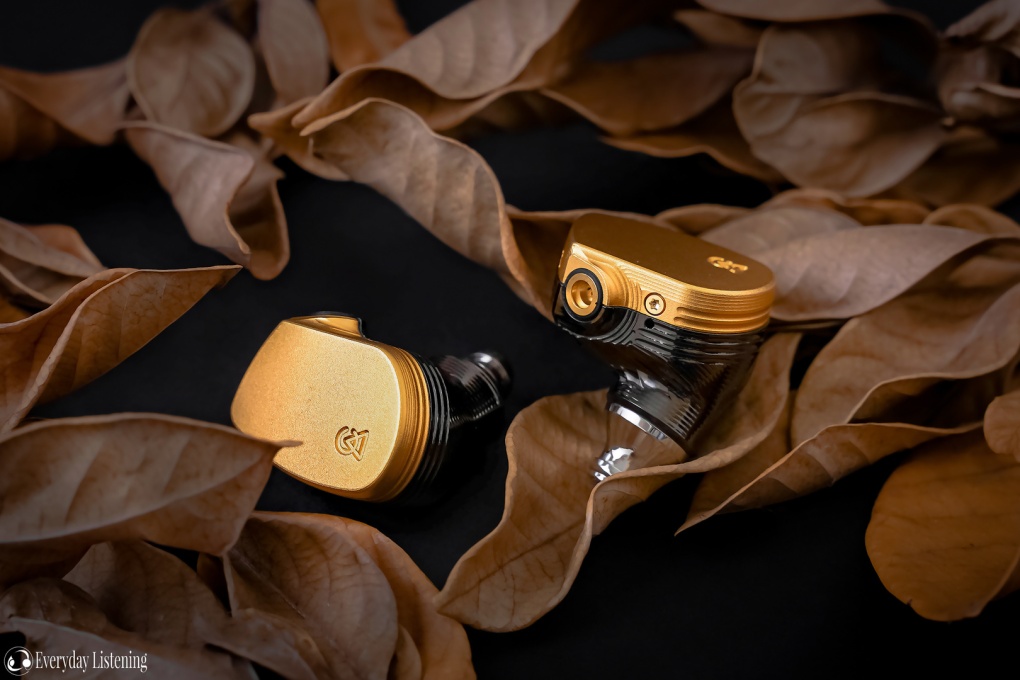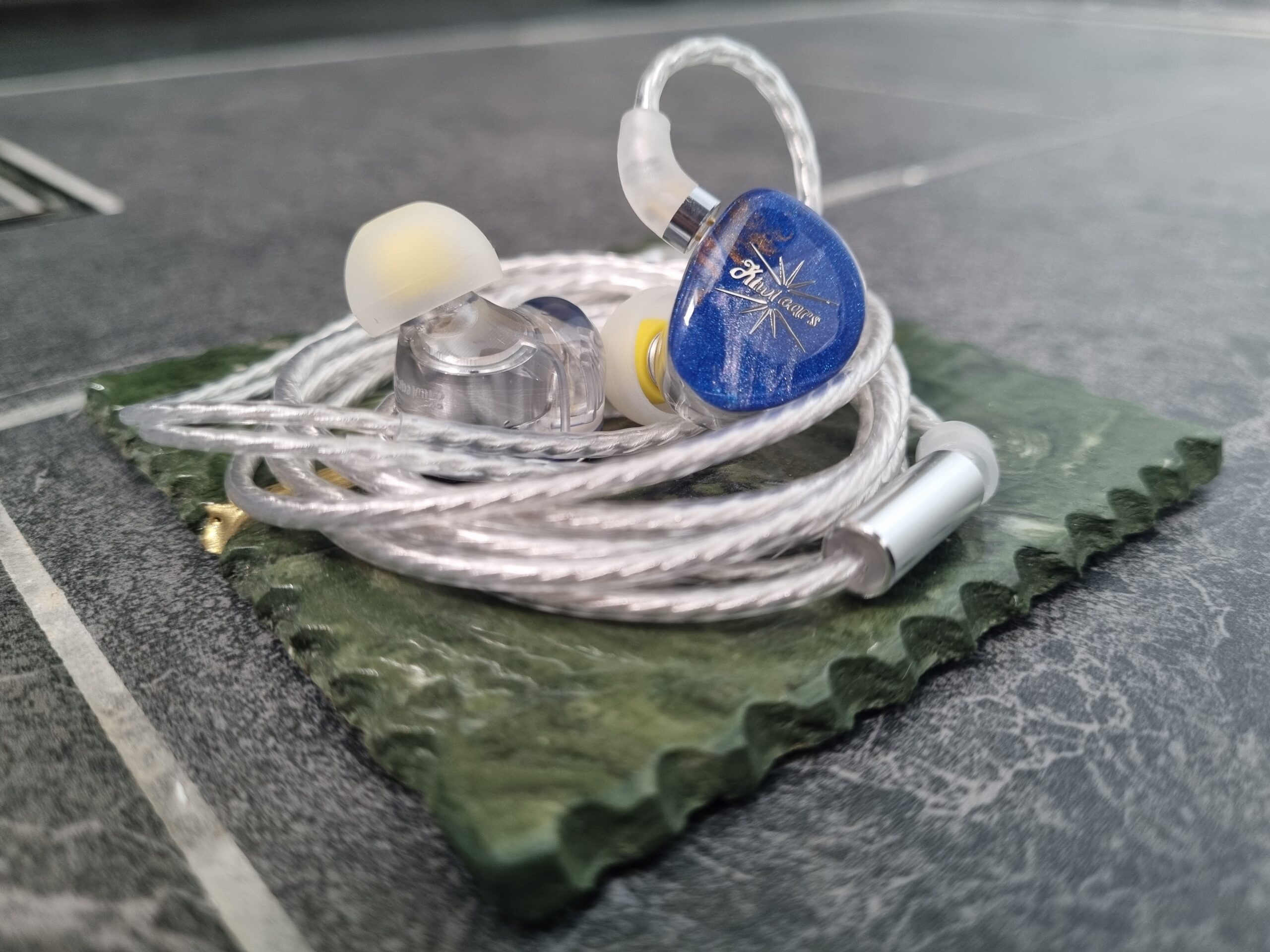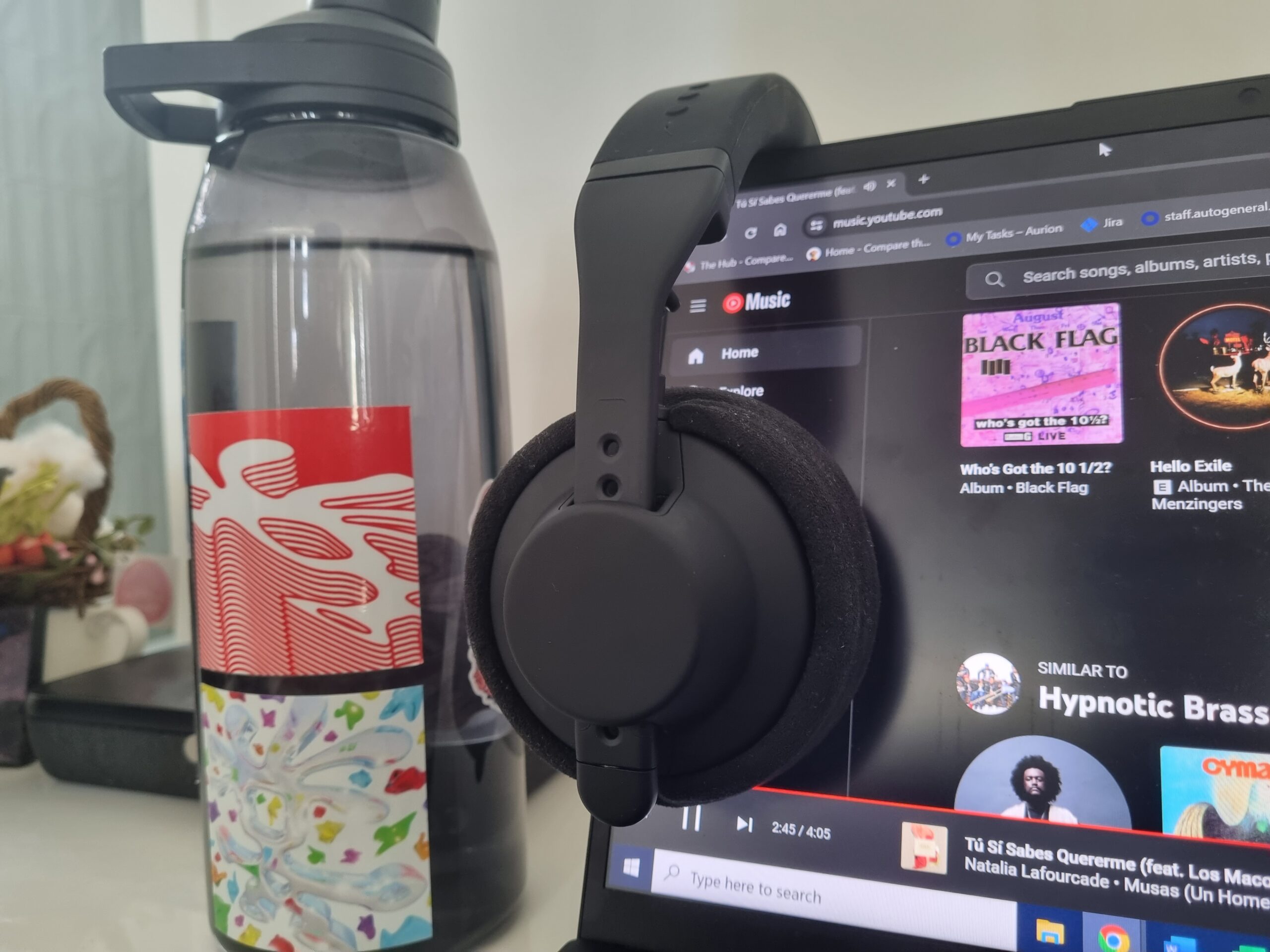Pros –
Massive soundstage, Massively revealing of micro-detail, Class-leading build quality
Cons –
Huge housings, Sculpted midrange sacrifices timbre for clarity
Verdict –
The Solaris sacrifices an accurate midrange timbre and inviting low-end warmth to achieve a sound that is simultaneously powerful, revealing and grand.
Introduction –
Campfire Audio have been hard at work in recent years and their handful of in-ears has quite quickly become a diverse range. Along the way, Campfire Audio introduced some unique technologies; their tubeless tweeters (T.A.E.C) that extend the treble, polarity tuned chamber that enhances bass control and a ported midrange driver as seen on the Comet. Nonetheless, the timeless value of their (now former) flagship Andromeda, with its refined tuning, remained undeniable.
In turn, the Solaris sprung onto the scene late last year, combining all of the technologies Campfire has developed into one juicy package. Sporting gold faceplates, some of the most impressive machining work I’ve witnessed on an IEM and the best sound quality from a Campfire in-ear, the Solaris makes a strong case for its $1499 USD price tag. You can read all about the Solaris and treat yourself to one here.
Disclaimer –
I would like to thank Campfire Audio very much for their quick communication and for providing me with the Solaris for the purpose of review. All words are my own and there is no monetary incentive for a positive review. Despite receiving the earphones free of cost, I will attempt to be as objective as possible in my evaluation.
Accessories –

The Solaris’ status as a supercharged conglomeration of Campfire’s best hits is immediately apparent from the initial unboxing. The box is twice the size as is the iconic CA leather/shearling zipper case inside. The Solaris also comes packaged with Campfire’s new compact bag that has two compartments for each earpiece to protect them during shipping. It is also a nifty addition for those that like to pocket their IEMs. Users will find the usual inclusion of silicone and memory foam ear tips in addition to 5 sizes of Final E-tips. The Solaris is the first IEM to include the super Litz cable, sporting a thicker gauge and a twisted braid similar to the Polaris.
Design –
In line with the new Comet and Atlas, the Solaris employs a unique design realised through the same meticulous machining processes as before. It’s immediately the largest Campfire earphone but one that is smoothly sculpted so as to minimise contact with the outer ear, thereby preventing hotspots. Aggressively textured 24K gold faceplates and undulating smoke alloy bodies are a testament to Campfire’s ability to realise a challenging and intricate design. Seems are smooth and finish uniform, Campfire’s work here is akin to art.

In the ear, wearing comfort is surprisingly good. They protrude extensively from the ear, picking up a fair amount of wind noise as a result, they also aren’t the sleekest looking earphone. However, due to their angled, protruding nozzles, the earphones provide a medium to deep fit and a solid seal that keeps their bulky housings seated securely within the ear. I didn’t experience any hotspot formation and though they will shake loose with vigorous movement, they were perfectly stable during daily use.

Campfire’s berrylium reinforced MMCX connectors make a return and once again, I found myself impressed by their reliable connection and impressive QC with even tension on both sides. The cable itself is of their Litz variety but is now thicker and with a twisted texture like the Polaris cable. The insulation remains just as soft and the cable is very compliant, though it is slightly more prone to twisting than their former models.
Next Page: Sound, Comparisons & Verdict



